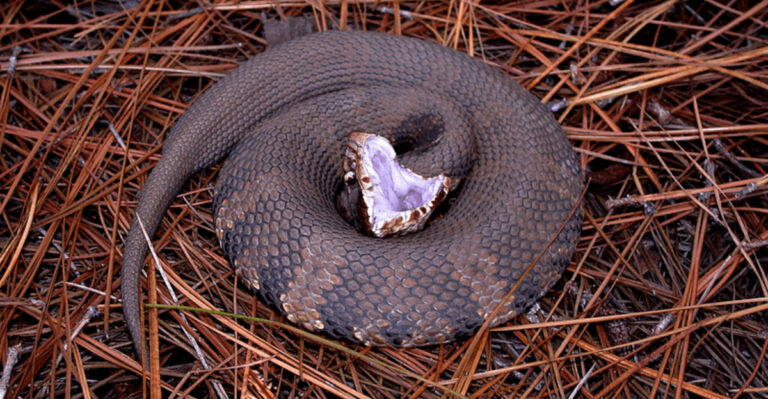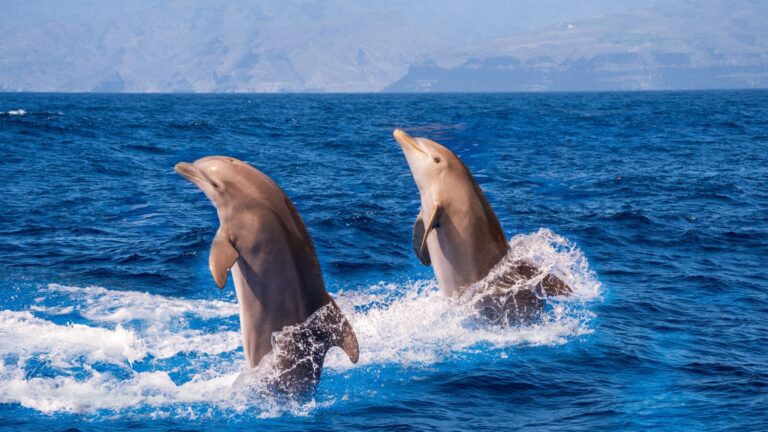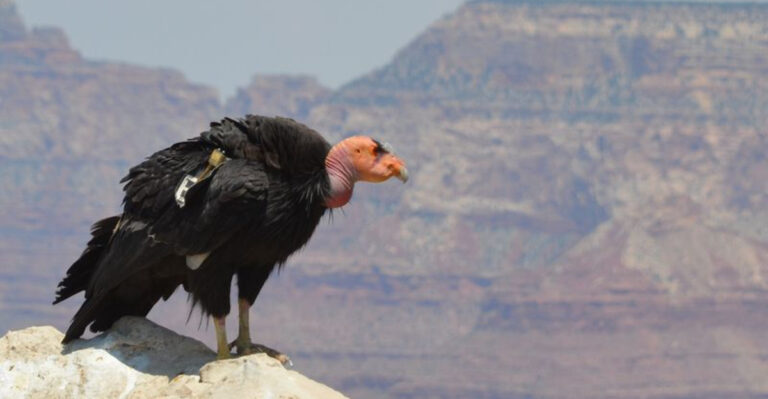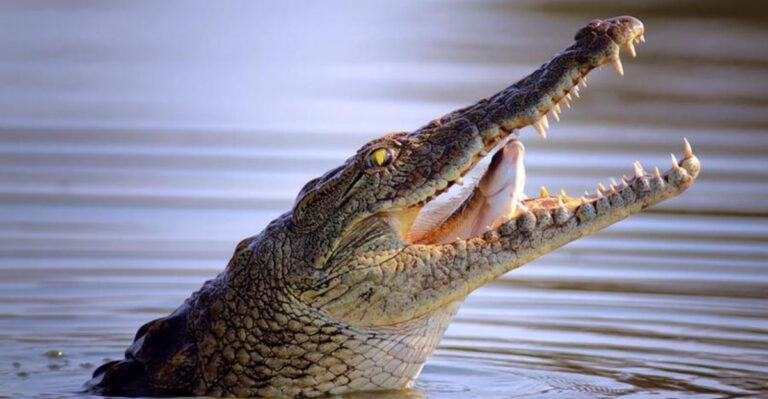The 10 Most Dangerous Rivers In The World, Home To Lethal Wildlife
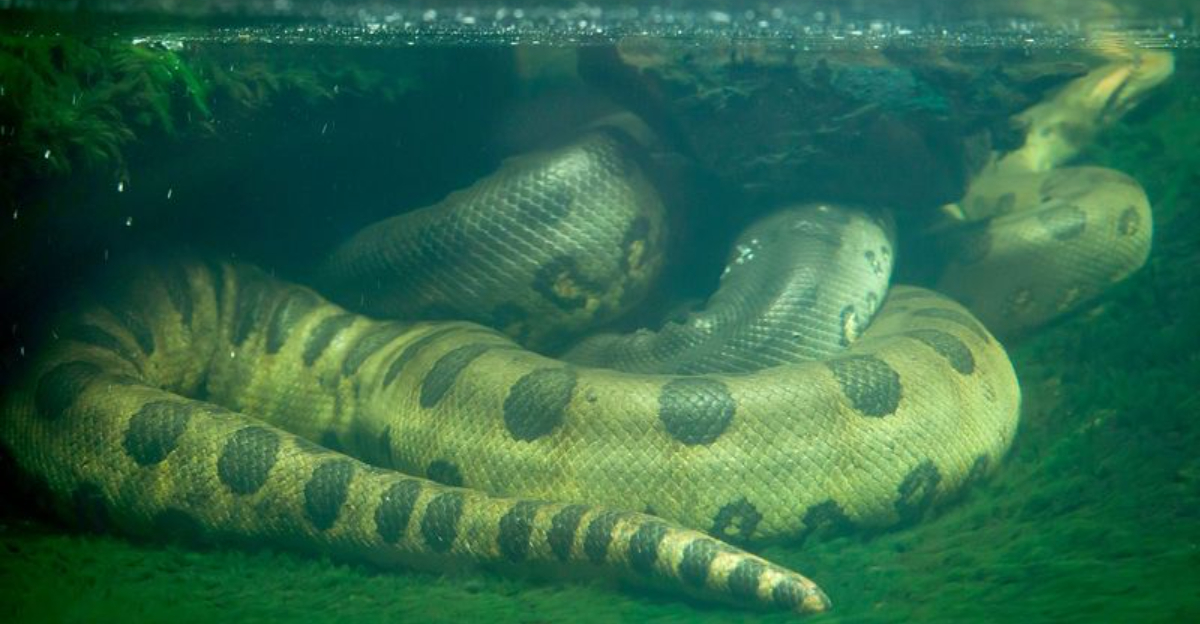
Rivers aren’t just peaceful waterways – some hide deadly secrets beneath their surfaces. Around the world, certain rivers have earned fearsome reputations as homes to some of Earth’s most dangerous creatures.
From massive reptiles with bone-crushing jaws to tiny fish with razor-sharp teeth, these waterways demand respect from anyone who ventures near their banks.
1. The Congo River
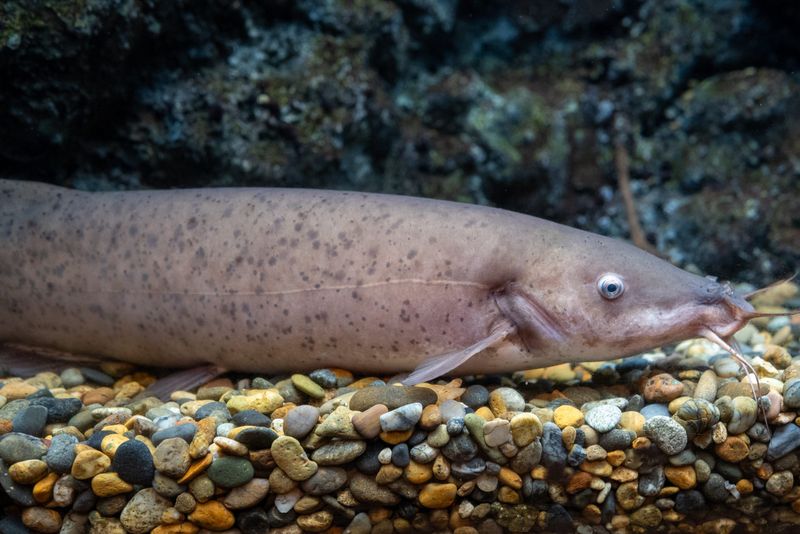
Flowing through the heart of Africa, the Congo River harbors creatures that have remained virtually unchanged since prehistoric times.
Nile crocodiles—responsible for hundreds of human deaths annually—grow to over 16 feet long and ambush prey at water’s edge.
Goliath tigerfish, with 32 razor-sharp teeth each an inch long, attack anything that moves. Local fishermen tell tales of these fearsome fish leaping from the water to snatch birds mid-flight, earning them the nickname “river demons.”
2. The Nile River
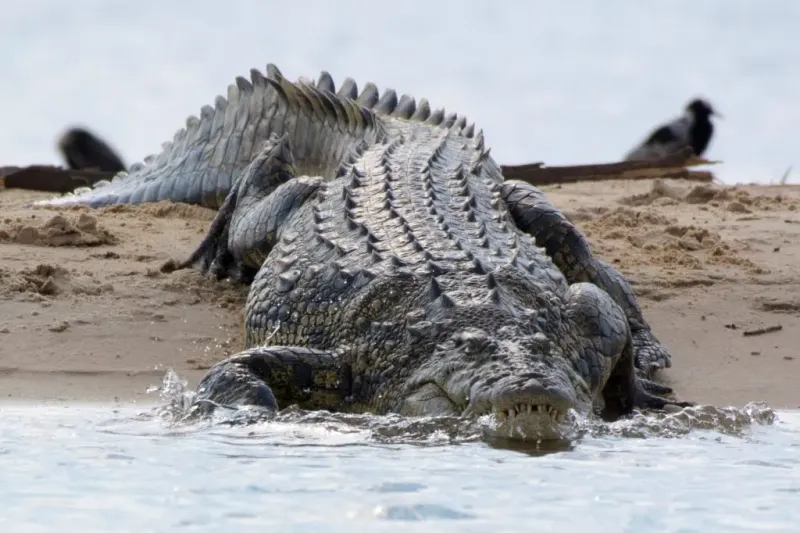
Ancient Egyptians worshipped it, but today’s travelers approach the Nile with caution. Enormous Nile crocodiles—reaching lengths of 20 feet—have claimed more human lives than any other crocodilian species on Earth.
Hippopotamuses, despite their deceptively cartoonish appearance, kill more people in Africa than any other large animal.
Their territorial aggression and ability to capsize boats make river sections with hippo populations extremely dangerous.
3. The Zambezi River
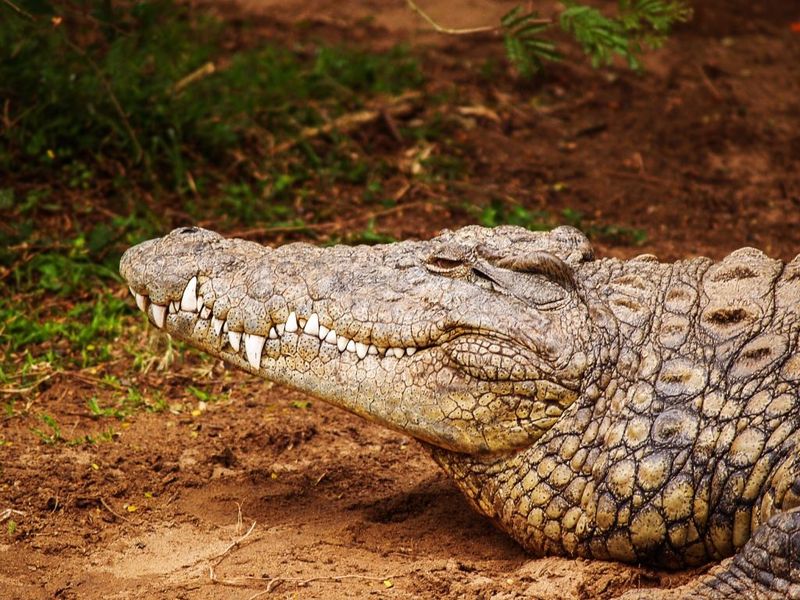
Known as “God’s Highway” to locals, the Zambezi cuts through six African countries before reaching the Indian Ocean.
Near Victoria Falls, its powerful currents have claimed countless lives of those who underestimated its force.
Hippos patrol these waters in territorial pods, capable of snapping small boats in half with their massive jaws. Flatdogs—the local name for crocodiles—grow to enormous sizes here, feeding on wildebeest during migrations and occasionally taking human victims.
4. The Mekong River
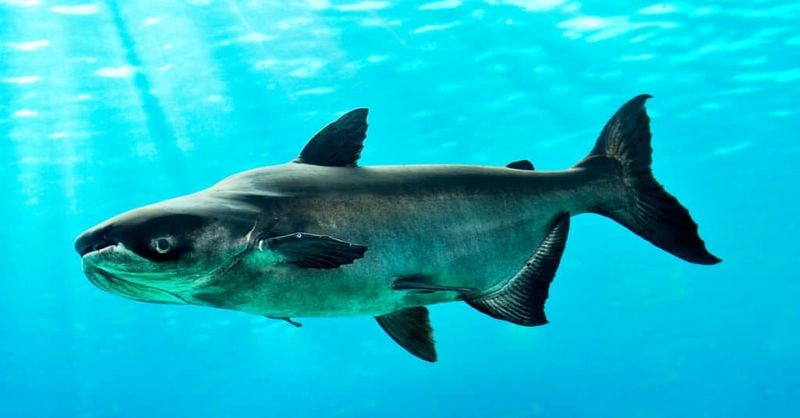
Winding through six Southeast Asian countries, the Mekong hides giants beneath its coffee-colored surface.
Giant freshwater stingrays, reaching widths of 14 feet, possess venomous barbs that can pierce bone.
Mekong catfish grow larger than any other freshwater fish—up to 10 feet long and 650 pounds. Saltwater crocodiles, Earth’s largest reptilian predators, sometimes venture into the lower Mekong from the sea, bringing their notorious aggression toward humans.
5. The Amazon River
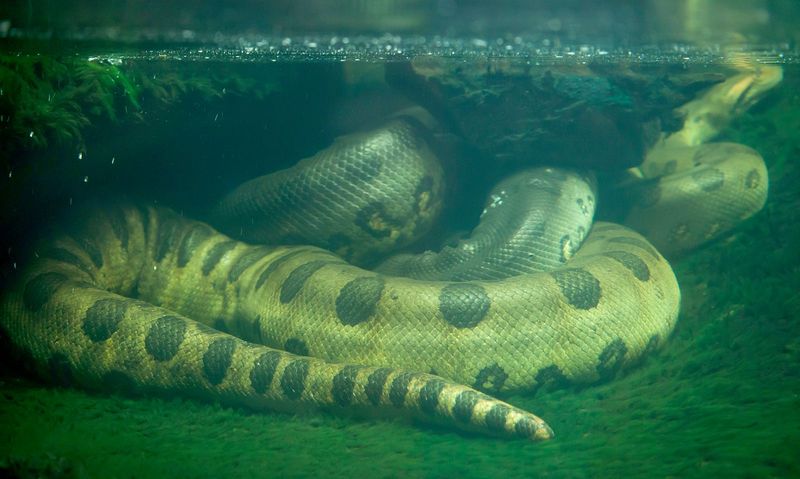
Slithering through the heart of South America, the Amazon River teems with lethal predators. Electric eels deliver 600-volt shocks that can stop a human heart.
Candiru fish, notorious for their painful invasions of human orifices, swim alongside schools of flesh-eating piranhas.
Bull sharks patrol these murky waters 2,500 miles inland from the ocean. Meanwhile, massive green anacondas—the world’s heaviest snakes—lurk among the vegetation, capable of squeezing the life from crocodiles and humans alike.
6. The Ganges River
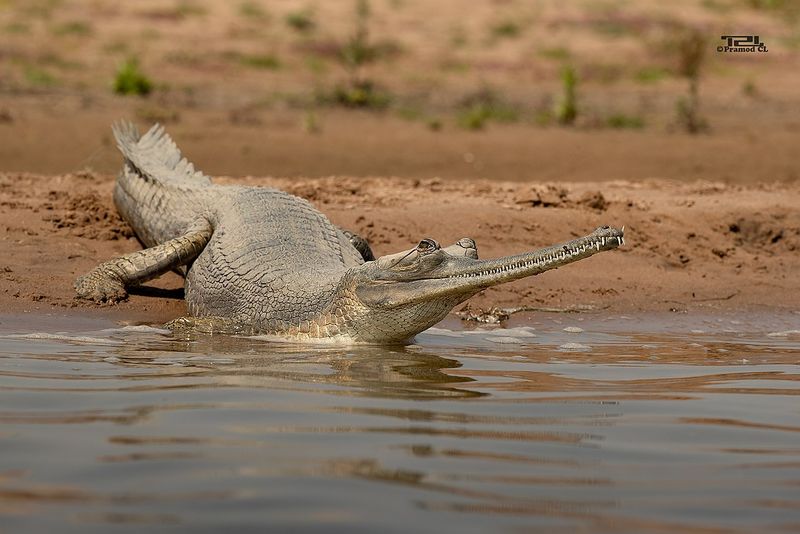
Sacred to millions yet deadly to the unwary, India’s Ganges River presents multiple threats.
Gharial crocodiles, with their distinctive needle-toothed snares, share these waters with aggressive mugger crocodiles known to attack bathers. The river’s extreme pollution harbors waterborne diseases that sicken thousands annually.
Ganges river sharks, critically endangered but still present, have been known to attack humans in the delta regions where freshwater meets the Bay of Bengal.
7. The Orinoco River
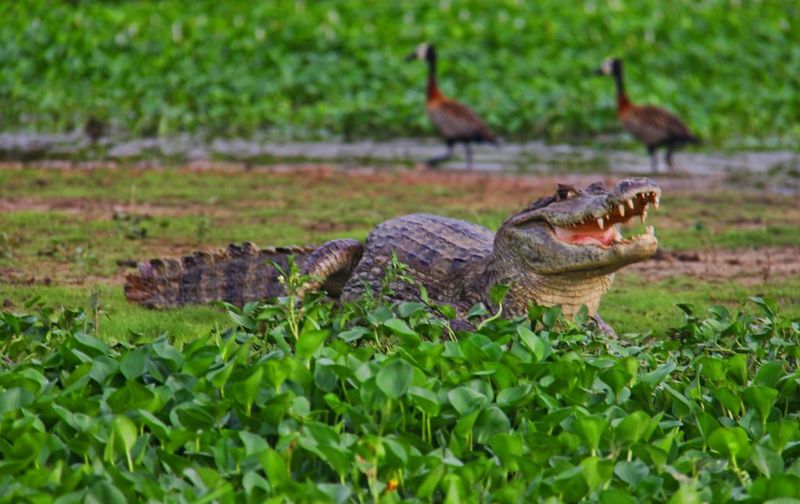
Carving through Venezuela and Colombia, the Orinoco’s chocolate-colored waters conceal predators waiting for the perfect moment to strike.
Red-bellied piranhas travel in schools of thousands, capable of stripping flesh from bone in minutes when frenzied.
Massive black caimans—reaching lengths of 20 feet—are the river’s apex predators. Electric eels patrol the shallows, delivering paralytic shocks to anything they contact. Locals warn visitors that during dry seasons, when waters recede, these creatures become concentrated and more aggressive.
8. The Mississippi River
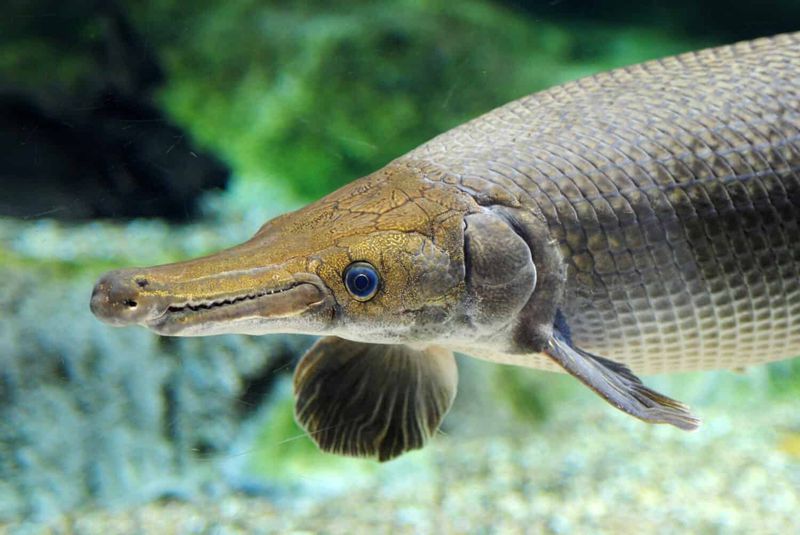
America’s mightiest river harbors unexpected dangers beneath its muddy surface.
Alligator gar—prehistoric-looking fish reaching 10 feet long with double rows of teeth—patrol these waters alongside actual alligators that grow increasingly common in southern sections. Snapping turtles with jaws strong enough to amputate fingers lurk in shallow areas.
Water moccasins—among North America’s most aggressive and venomous snakes—swim with deadly efficiency and will attack watercraft when threatened, making shoreline activities particularly risky.
9. The Yangtze River
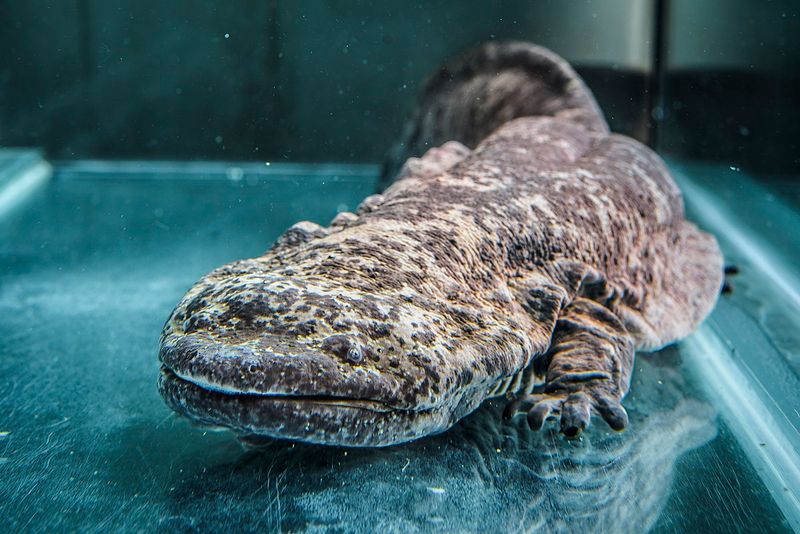
China’s longest river once housed the now-extinct baiji dolphin—its disappearance a stark warning about the river’s declining health.
Chinese alligators, though smaller than their American cousins, still pose threats to unwary swimmers. Giant salamanders reaching six feet in length lurk among rocky bottoms.
The Yangtze’s frequent flooding claims hundreds of lives annually, while industrial pollution has created “cancer villages” along its banks, making contact with its waters increasingly hazardous to human health.
10. The La Plata River
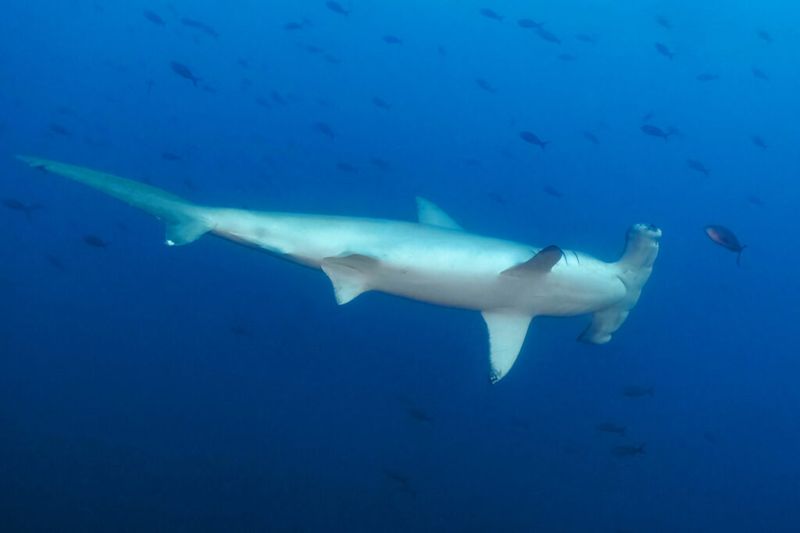
Forming the border between Argentina and Uruguay, the La Plata River holds a terrifying secret—bull sharks. These aggressive predators can survive in both salt and freshwater, swimming hundreds of miles upriver to hunt.
Unlike most sharks, bulls attack without provocation, earning their reputation as the world’s most dangerous shark species.
Their exceptional ability to tolerate freshwater makes them uniquely threatening, while powerful currents and poor visibility in the river create perfect ambush conditions for these silent killers.


